Over 500 million species, or more than 99.9% of all species ever formed, are estimated to have perished throughout evolution. Only extinct species that have been somewhat well-known and died out since the 1800s are included in this list; it does not include extinct animals from prehistoric eras (such as dinosaurs, mammoths, and the like). Most were eliminated by humans either directly through hunting or indirectly through habitat loss, importation, or introduction of alien species.
1. Pinta Island Tortoise:
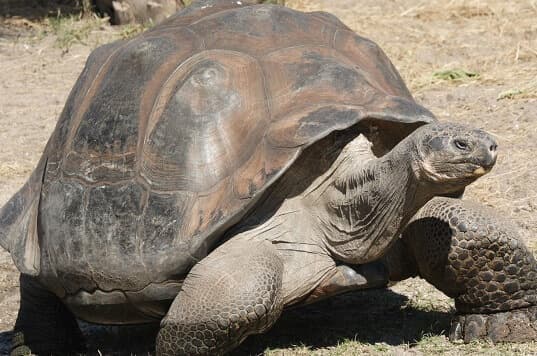
The giant tortoise of Pinta possessed a saddle-shaped shell, which allowed the extension of the neck upward to feed on leaves that were present at a specific height from the ground. On the Ecuadorian island of Pinta in the Galapagos, they coexisted amicably. It belongs to one of the ten kinds of giant tortoises that live there naturally. The majority of the Pinta Island tortoises had been eradicated through hunting by the end of the nineteenth century. The last one was a male named Lonesome George who passed away on June 24, 2012. He was regarded as the rarest animal in the world in his later years.
2. Falkland Islands Wolf:

The Falkland Islands Wolf was the only native land mammal of the Falkland Islands. The last known example of this canine species perished in 1876 on the western island of the archipelago, making it the only canine species to have gone extinct historically.
The animal was poisoned by the shepherds because they thought he posed a threat to the sheep and had been hunted for his beautiful fur. Because there were no woods for the species to hide in on the islands and because it had no fear of humans, it was simple prey to kill. Two live animals were delivered to the London Zoo in 1868 and 1870, respectively. Both of them died shortly after.
3. Caucasian Wisent:
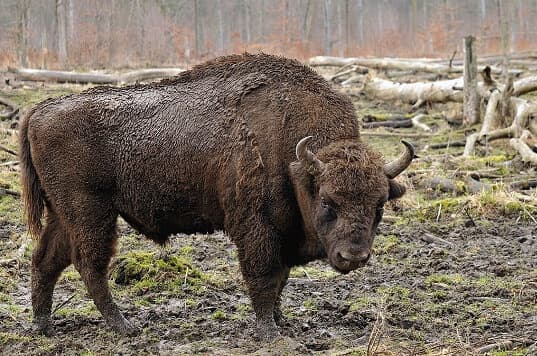
The Caucasian wisent lived in the Caucasus mountains, at the intersection of Europe and Asia, and went extinct in 1926 (according to other evidence, 1927). They belonged to the European bison subspecies, but their coats only covered the front frame of the body, and the mane was shorter. Their numbers were estimated to be in the hundreds in 1910. The remnant population was prey to poachers when state authority collapsed following World War I and during the American Revolution.
4. Western Black Rhinoceros:
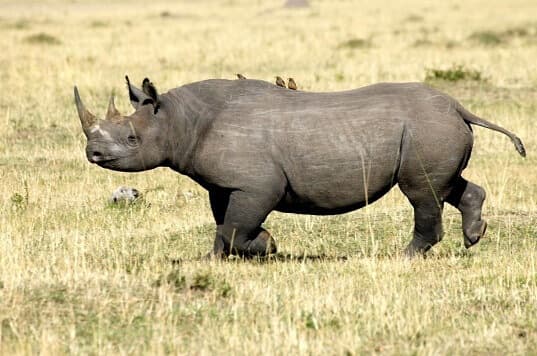
The central-western African savannah originally had a large population of the western black rhinoceros, but poaching has caused the population to decline, making them the rarest subspecies of black rhinos. The last home of this subspecies, northern Cameroon, was extensively studied until 2006 when no specimens were discovered. Despite this, search attempts persisted until 2011, when it was officially declared extinct after five years with no sightings. The subspecies vanished as a result of widespread poaching and inadequate punishments handed down by the courts to punish poachers.
5. California Grizzly Bear:
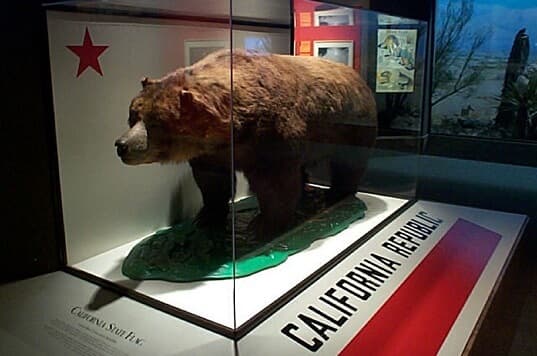
The California Grizzly was a subspecies of the brown bear native to North America. It is the official animal of the state of California and appears on its flag but disappeared in 1922 when the last specimen was shot in Tulare County. The California grizzly stood out from the grizzly for its slightly darker fur, a black spot on the forehead and the absence of the hump on the back. Nineteenth-century testimonies describe the Californian grizzly as an animal endowed with superhuman strength and aggressive temperament, therefore to be hunted, this may have been the reason for its extinction.
6. Caribbean Monk Seal:
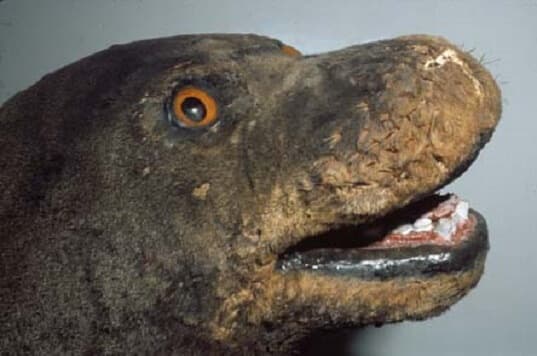
The Great and Lesser Antilles, the Yucatan Peninsula, and the oceans off Florida to Texas’ coasts were all home to the Caribbean monk seal, which only thrived in crystal-clear tropical waters. Divers continue to report infrequent visual sightings, but systematic searches for this animal have failed on multiple occasions. The International Union for Conservation of Nature (IUCN) included this species on its Extinct List of Extinct Species in 1994. After five years of fruitless inquiry, the National Oceanic and Atmospheric Administration (NOAA) deemed it extinct in 2008.
7. Quagga:
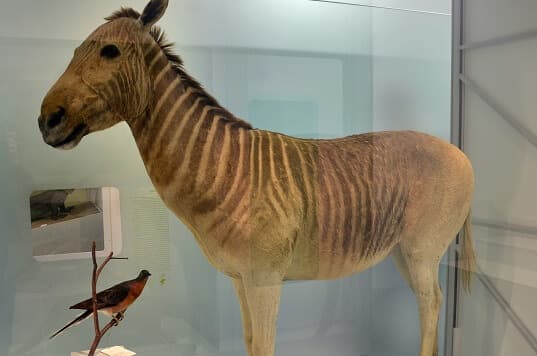
An extinct subspecies of the plains zebra called the quagga thrived in the grassy plains of South Africa’s driest regions. It stood out from other zebras because the distinctive black stripes were restricted to its neck and front of the body. When quagga was killed for their meat and leather around the end of the nineteenth century, humans drove them out of existence.
8. Thylacine:
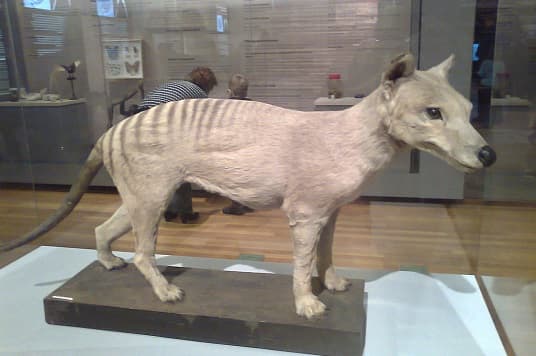
The thylacine, also called the Tasmanian Tiger, was a carnivorous animal that lived in Tasmania, New Guinea, and Australia. The last known specimen died in 1936 at the Hobart Zoo in Tasmania. The tiger was extremely rare on the continent even before the arrival of the European settlers, but its extinction can be attributed to intense hunting because it was thought to be a pest for livestock and hunted by settlers, along with the alteration of its habitat due to deforestation and the adoption of dogs.
9. Javan Tiger:
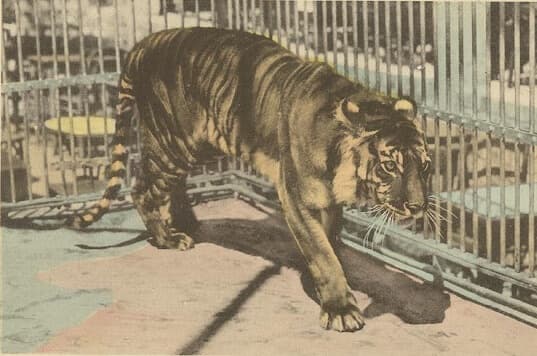
Until it was officially listed as extinct, the Javan tiger, a subspecies of the tiger, was only found on the Indonesian island of Java. The Javanese racers were small in size and characterized by fine stripes, a narrow snout, and lengthy carnassials in comparison to the Bengal and Siberian tigers. Before their extinction, not much information was acquired on their habits. By 1975, only 8% of the forests on Java were still standing after it was cleared for rice cultivation. The subspecies went extinct in the 1980s as a result of habitat change, rarefaction of its two primary prey species, red deer and wild boar, and habitat rarification.
10. Great Auk:
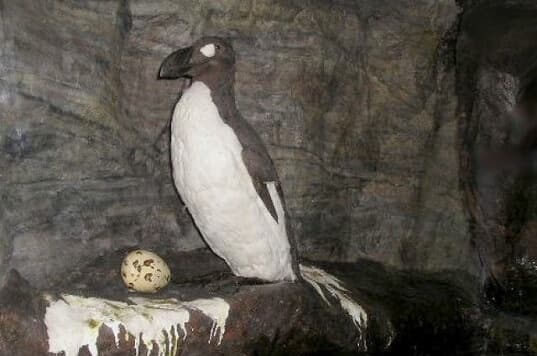
The only species of the Alcidae family to have gone extinct historically was the great auk, a flightless seabird. He lived close to the Atlantic Ocean. Killer whales, white-tailed eagles, polar bears, and humans who hunted the great auk for more than 100,000 years were among its primary predators. Several pieces of legislation were passed to try to save the bird as scientists understood how seriously its population was threatened, but they proved ineffective. Due to its increasing scarcity, museums and private collectors were drawn to it in their quest for eggs and penguin skins. This species was last seen with certainty in 1852.
